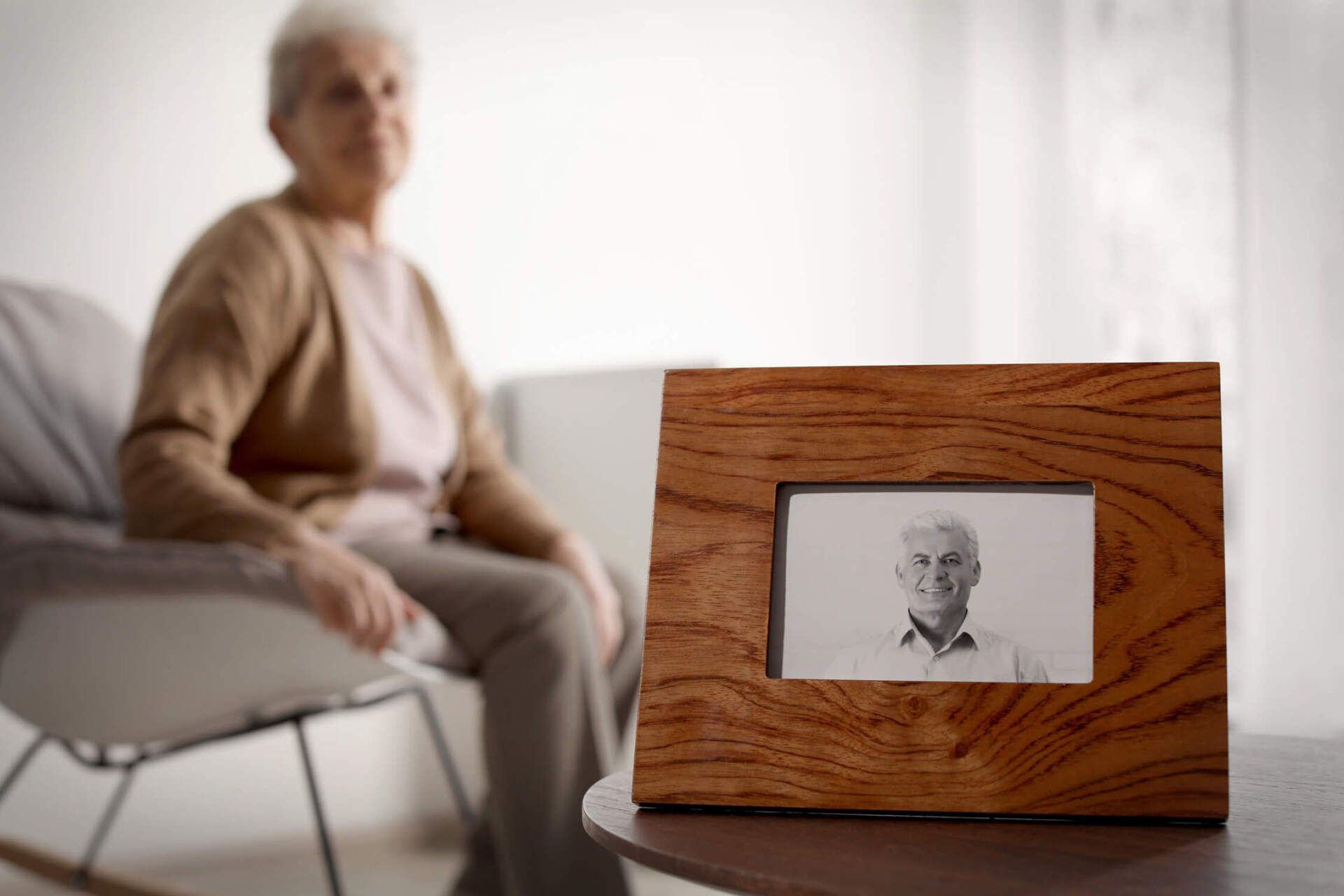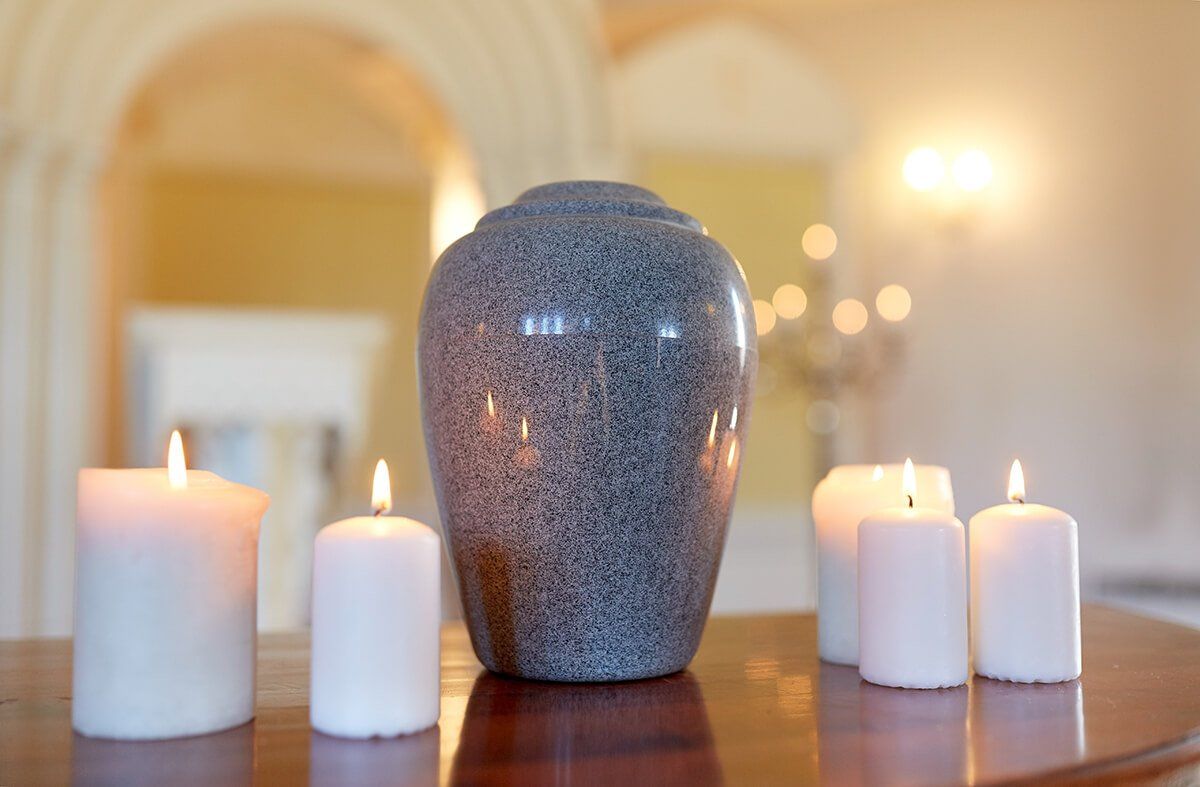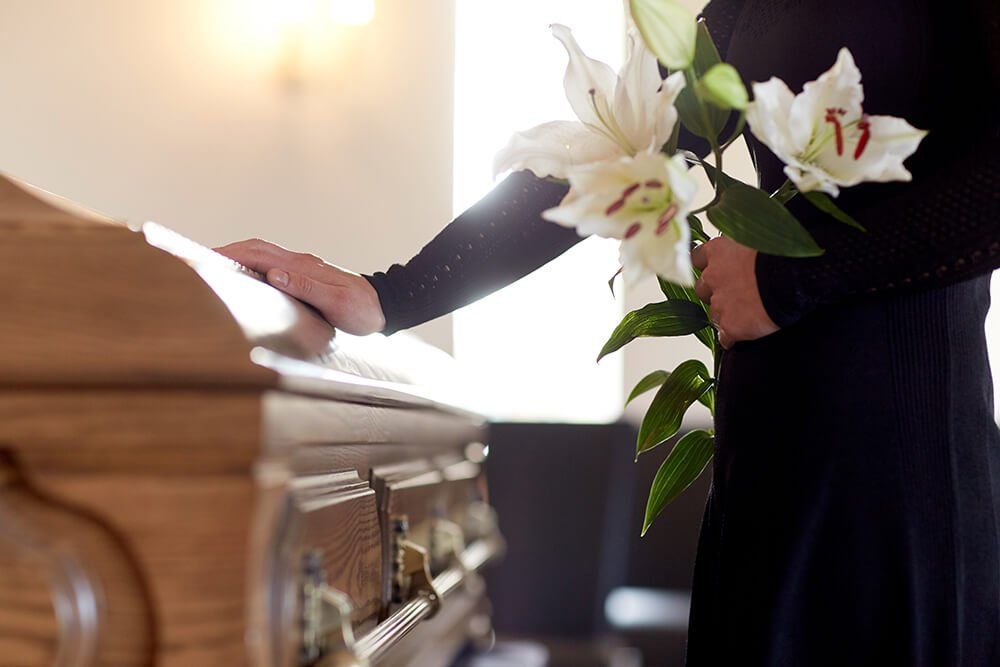January 6, 2022
Can you still have a service if you choose cremation? Yes, participating in a service or gathering is actually a vital part of the healing process. Direct cremation, without any type of service or memorialization, may extend the grief process. In no way does choosing cremation limit the possibilities for creating a meaningful, personalized tribute to honor, remember, and celebrate the life lived. Is it possible to have a viewing when choosing cremation? Yes, families can still have a public or private viewing prior to the cremation. Many people choose to have a visitation and funeral with the embalmed body present before it is cremated. Besides providing an opportunity for final goodbyes, a viewing helps loved ones recognize the reality of the death and begin their journey through grief. What are some of the options for cremated remains? The increasingly creative possibilities for cremated remains are nearly endless. Besides being placed in personalized urns, they can be incorporated into jewelry, set in a garden sculpture, or even suspended in glass. For a more traditional route, cremated remains can be buried in a cemetery, just as a casket would be, or placed in a columbarium there. If the family wishes to scatter the ashes, funeral professionals will often encourage apportionment, which means the cremated remains are divided, so that some can be used for a more permanent memorialization option. This gives loved ones an important physical marker of the individual’s life and legacy, now and for generations to come. Is direct cremation the only option for those with financial constraints? No, there is a wide variety of funeral service options for every budget. Funeral service professionals can help families create a meaningful, individualized tribute at a price they’re comfortable with, even when opting for cremation.


















